Denison tables encouraging PEA for Wheeler River project
Denison Mines’ preliminary economic assessment (PEA) for its flagship Wheeler River uranium project in northern Saskatchewan’s Athabasca Basin has left a good first impression on analysts.
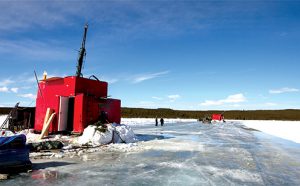
Wheeler drills in 2015.
The project, located approximately 35km north-northeast of Key Lake and 35km southwest of the McArthur River, contains the high-grade Gryphon and Phoenix deposits and is held 60 per cent by Denison, 30 per cent by Cameco, and 10 per cent by JCU (Canada) Exploration.
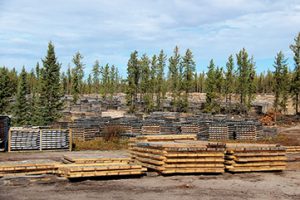
Wheeler core.
The PEA envisions mining the two deposits as a single underground operation that would use Denison’s 22.5 per-cent owned McClean Lake mill for processing. (Areva Resources holds 70 per cent of the mill, with Ourd holding the rest.) Underground development and mining would first start at the Gryphon deposit, followed by Phoenix, 3km away. The operation should produce 104.8 million lb. uranium oxide (U3O8) over a projected 16-year-mine life, at average cash costs of US$19 per lb.
The study pegs start-up capital at $560 million, with life-ofmine sustaining costs at $543 million, bringing the total to $1.1 billion. Denison would be responsible for 60 per cent of the costs.
Compared to the initial capital of building other high-grade uranium projects in Canada, Raymond James analyst David Sadowski writes that Wheeler River has “modest” costs and a “strong likelihood” of being developed.
Denison, he believes, could finance its share of upfront costs of $336 million, given its current $378-million market capitalization.
Partners Cameco and Japan’s JCU have the “financial horsepower” to do the same.
The project is said to have encouraging economics. Using a base-case, long-term uranium price of US$44 per lb. and an 8 per cent discount rate, Wheeler River has a $206-million aftertax net present value (NPV) and 17.8 per cent internal rate of return (IRR). Payback should occur in three years.
“Given modest capital requirements and low operating costs, the underground mine would return solid economics, even at the low base-case uranium price of US$44 per lb., which is in-line with the current posted long-term price,” says Sadowski.
If uranium prices improve to US$62.60 per lb., the after-tax NPV and IRR should increase to $548 million and 29.2 per cent, with the payback dropping to 18 months.
Cantor Fitzgerald analyst Rob Chang says the second scenario with the higher uranium price is more likely, as he forecasts uranium hitting US$80 per lb. by the time production starts at Wheeler River.
The PEA assumes pre-production in 2021, with production from the Gryphon deposit starting in 2025.
Denison intends to begin with Gryphon (“the more profitable deposit”) due to its lower development and operating costs. The deposit sits 720 metres below surface and 220 metres below the sub-Athabasca unconformity. Its stable ground conditions allow for conventional development and underground extraction techniques, such as longitudinal longhole mining.
In comparison, the higher-grade Phoenix deposit sits at the unconformity between the Athabasca basin sandstone and basement rocks, 400 metres below surface. Given its proximity to the unconformity and that it sits below the water-saturated Athabasca sandstone, it would require ground freezing to prevent water inflows, as well as remote mining to safely extract the high-grade uranium mineralization.
Denison intends to use jet boring, which is used at Cameco’s Cigar Lake deposit.
Based on 55 drill holes, Gryphon has an inferred resource of 43 million lb. U3O8 from 834,000 tonnes grading 2.3 per cent U3O8. The study assumes extracting 6 million lb. annually for seven years at an average operating cost of US$14.28 per lb., before moving onto the neighbouring Phoenix deposit.
Phoenix’s A and B zones host 70.2 million lb. U3O8 in indicated (166,400 tonnes at 19.1 per cent U3O8) and 1.1 million lb. U3O8 in inferred (8,600 tonnes at 5.8 per cent U3O8), based on 196 drill holes.
The deposit should provide 7 million lb. annually for nine years at an average operating cost of US$22.15 per lb. The estimated combined average costs for both deposits are US$19 per lb.
However, BMO analyst Edward Sterck points out that cash costs at Gryphon seem “optimistic,” versus his US$24 per lb. estimate for Rabbit Lake production, which is the “closest comparable operation, albeit a mature one.” That said, he notes Wheeler River’s development timeline appears “realistic” and matches his forecast of when “additional new mine supply will be needed to meet demand growth.” Sequencing Phoenix’s production after Gryphon also gives Denison time to develop a 3-km-long underground connection drift between the deposits and finish freezing the deposit, as well as time for more engineering to lower costs and anticipate risks.
The plan aligns with the expansion at the McClean mill, located 160km northeast of Wheeler River. Annual production capacity at the mill could reach 24 million lb. U3O8, giving it enough capacity to process ore from Cigar Lake and Wheeler River, which would be on a toll-mill basis. (Cigar Lake’s firstphase production should peak at 18 million lb., before lowering in the late 2020s.) “The PEA benefits from the infrastructure-rich nature of the eastern side of the [Athabasca] basin, as it capitalizes on items such as the existence of excess mill capital, provincial highways and a provincial power grid,” writes Chang.
“With the opportunity for resource growth at Gryphon and higher uranium prices on the horizon, the PEA provides Denison with a solid foundation … and supports our decision to explore on the property and advance the project immediately into a prefeasibility study,” David Cates, Denison’s CEO, said in a statement.
The study should take 12 to 18 months to complete.
In mid-April, Denison reported completing the 21,800-metre winter drill program at Wheeler River. Some of the program’s highlights include expanding the mineralized zone discovered immediately north of the Gryphon deposit as well as extending the mineralized K-North trend roughly 1.4 km southwest of Gryphon.
Planning for the roughly 25,000-metre summer program at Wheeler River is underway.
That program will focus on expanding mineralization at Gryphon and testing other high-priority areas.
In early May, Denison announced a $10 million bought deal with Dundee Securities and TD Securities. The underwriters have offered to buy 12.2 million flow-through shares at 82¢ apiece. The offering has an overallotment option and should close in late May. The proceeds will go towards funding the company’s exploration efforts in Saskatchewan.
Information for this Special Report provided by Salma Tarikh, a writer with The Northern Miner, a sister publication of Canadian Mining Journal.

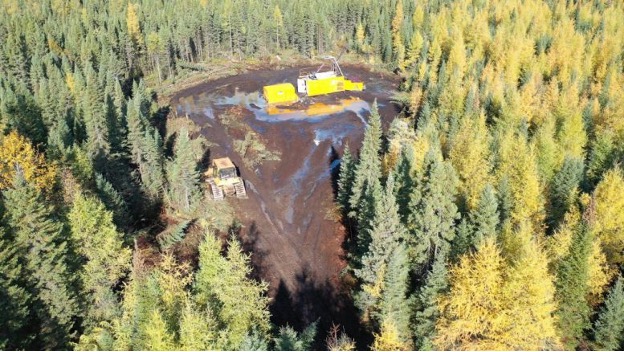
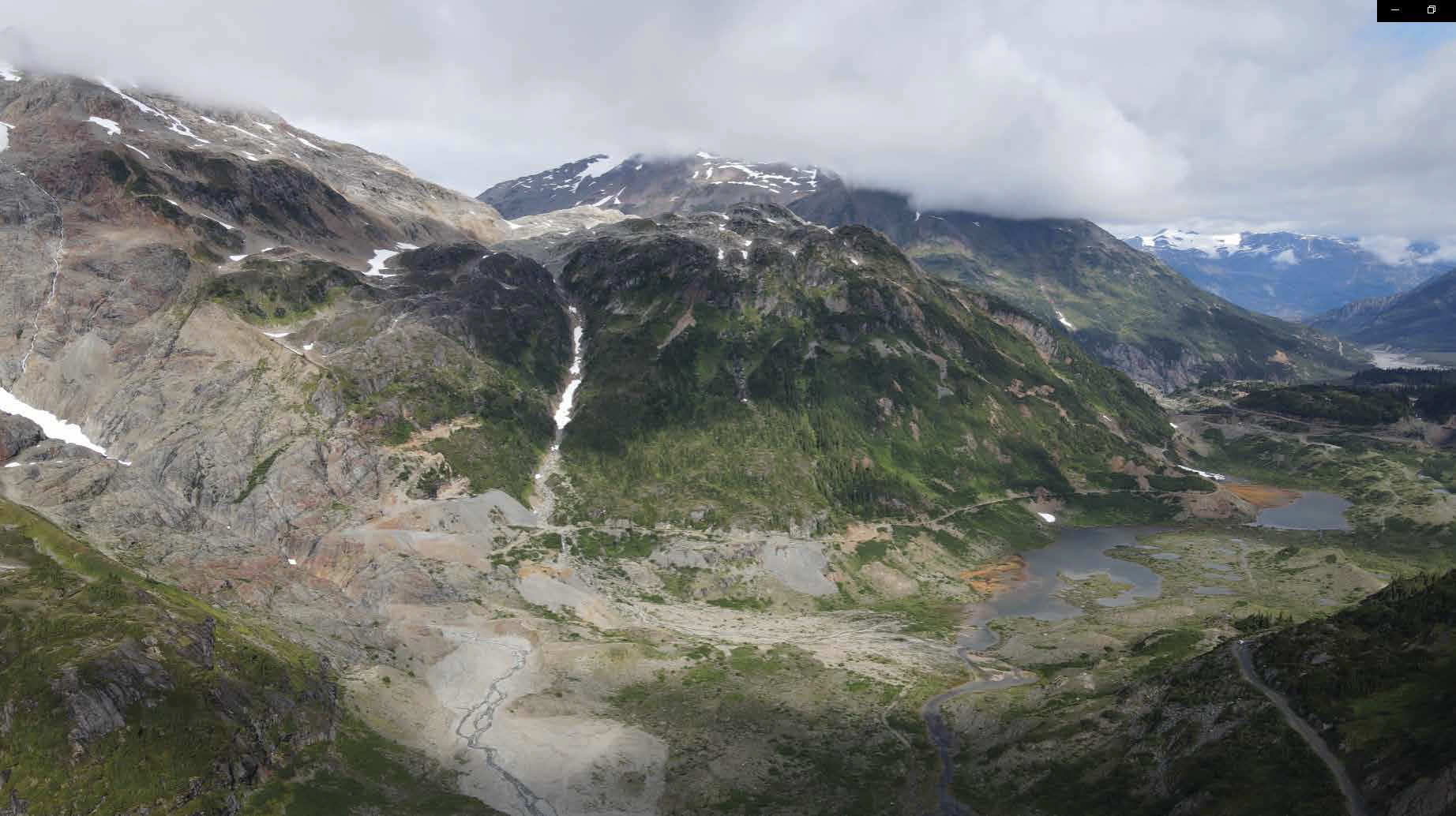
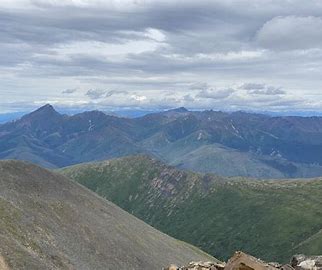

Comments